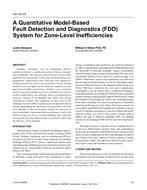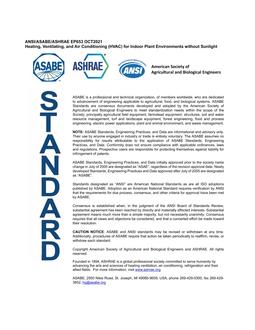Ventilation of animal quarters is a complex consideration involving temperature, relative humidity, and air changes each of which may influence the physiological well-being of the animal whether exerted independently or in combination. Further, the effectiveness of ventilation or air exchange may be limited by cage location within the room and/or cage design. In many facilities, the animal cages contain one or more closed sidewalls, with provisions for air exchange through perforated metal, wire mesh or filter lids. Under these conditions, a significant amount of the heat exchange occurs through the cage surface area while transfer of water vapor and other masses must rely on convection and diffusion into the air stream.
As most recommendations for temperature and relative humidi-ty control are based on the desired conditions to be maintained in the animal room, they may not be indicative of the animal cage conditions. Several investigators have reported significantly different conditions in the cage microenvironment compared to the room macroenvironment. Absence of cage microenvironmental control may result in impairment of the health of the animal; interfere with reproductive efficiency, retard growth; and interfere with pharmacophysiologic evaluation. Reported here are cage-room dry-bulb and dew-point temperature differentials for multiple species typically housed in laboratory animal facilities.
Citation: Symposium, ASHRAE Transactions, Volume 81, Part 2, Boston, MA
Product Details
- Published:
- 1975
- Number of Pages:
- 10
- File Size:
- 1 file , 820 KB
- Product Code(s):
- D-BO-75-08-3


